Home>Garden Essentials>How To Harvest Chamomile Seeds
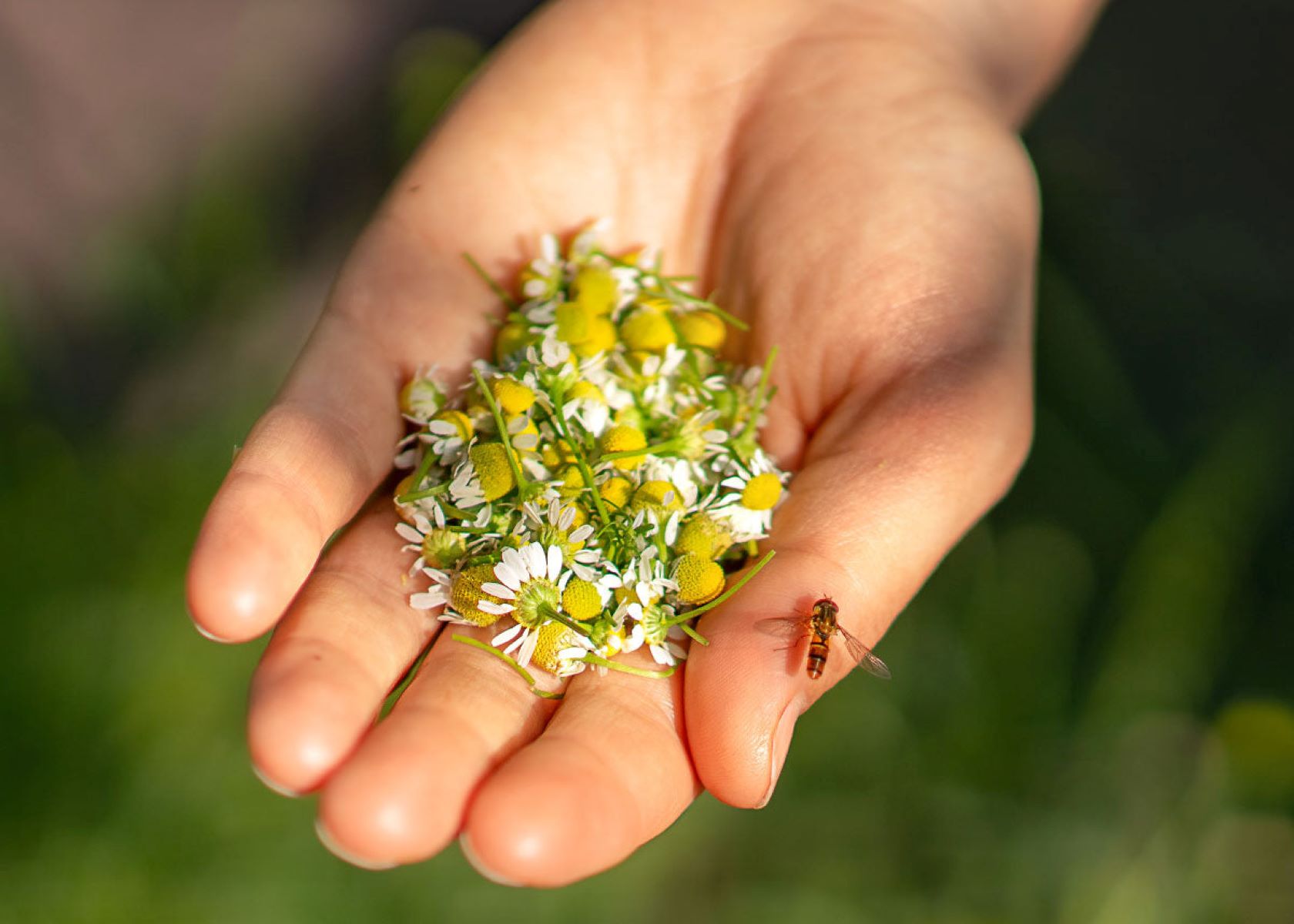

Garden Essentials
How To Harvest Chamomile Seeds
Modified: March 16, 2024
Learn how to harvest chamomile seeds from your garden and enjoy the benefits of this soothing herb. Discover tips and techniques for successful seed collection.
(Many of the links in this article redirect to a specific reviewed product. Your purchase of these products through affiliate links helps to generate commission for Storables.com, at no extra cost. Learn more)
Introduction
Growing chamomile in your garden not only adds beauty to your landscape, but it also offers the opportunity to harvest the seeds for future planting. Chamomile seeds can be used to start new plants or shared with fellow gardening enthusiasts. By following the proper techniques, you can maximize your chamomile seed harvest and ensure the success of your future chamomile crops.
In this article, we will guide you through the process of harvesting chamomile seeds. From choosing the right time for harvesting to storing the seeds, we will cover everything you need to know to have a bountiful chamomile seed harvest.
So, grab your gardening gloves and let’s get started!
Key Takeaways:
- Choose the right time for harvesting chamomile seeds by waiting for full bloom and dry weather. Healthy plants with vibrant flowers produce the best seeds for future planting.
- To harvest chamomile seeds, collect mature flower heads, dry them in a well-ventilated area, and store in a cool, dark place. Share the joy of growing chamomile with fellow gardeners!
Read more: How To Harvest Rosemary Seeds
What you’ll need
Before you embark on the process of harvesting chamomile seeds, it’s important to gather the necessary tools and supplies to make the task easier and more efficient. Here’s a list of what you’ll need:
- Garden gloves: Protect your hands from any prickly stems or thorns while harvesting chamomile seeds.
- Pruning shears or scissors: Use these to gently snip the mature chamomile flower heads.
- Paper bags or envelopes: These will be used to collect and store the chamomile seeds.
- Marker or pen: Label the paper bags or envelopes with the date and type of chamomile seeds.
- A clean, dry and well-ventilated area: This is where you’ll dry the harvested chamomile seeds.
It’s important to have these items ready before you begin the harvesting process to avoid any delays or interruptions. Now that you have everything prepared, let’s move on to the next step: choosing the right time for harvesting.
Step 1: Choose the right time for harvesting
The first step in harvesting chamomile seeds is to choose the right time to ensure that the flower heads are fully mature and ready for seed collection. Chamomile flowers go through different stages of growth, and it’s crucial to pick them at the right moment to maximize seed viability.
Typically, chamomile flowers are ready for harvesting when they have reached the stage of full bloom. Look for flowers with fully open petals and a vibrant yellow center. This indicates that the flower has fully matured and is producing viable seeds.
In general, chamomile flowers are harvested in the late morning or early afternoon when the dew has evaporated. This helps prevent any moisture from affecting the quality and shelf life of the seeds.
It’s important to note that different chamomile varieties may have slightly different bloom times. German chamomile (Matricaria recutita) usually blooms from late spring to early summer, while Roman chamomile (Chamaemelum nobile) blooms from late spring to midsummer. Consult the specific variety of chamomile you are growing to determine the optimal time for harvesting.
Once you’ve identified that the chamomile flowers are in full bloom, it’s time to move on to the next step: selecting healthy chamomile plants for seed collection.
Step 2: Select healthy chamomile plants
Choosing healthy chamomile plants is crucial for obtaining high-quality seeds. Healthy plants are more likely to produce viable and robust seeds that will give you successful germination and plant growth in the future.
When selecting chamomile plants for seed collection, look for the following signs of plant health:
- Strong stems: The stems of the chamomile plants should be sturdy and not wilted or weak.
- Lush foliage: The leaves should be green and abundant, indicating a healthy and productive plant.
- No signs of disease or pests: Inspect the plants for any signs of disease, such as wilting, discoloration, or spots. Also, check for pests like aphids or mites, which can negatively affect seed production.
- Well-developed flowers: Choose plants with plenty of fully open flowers. These are the ones that have the greatest potential for seed production.
It’s also a good idea to select plants that have not been treated with pesticides or chemical fertilizers. Organic chamomile plants are preferable if you have access to them, as they ensure a more natural and chemical-free seed harvest.
Once you’ve identified healthy chamomile plants, you’re ready to move on to the next step: observing the flower heads to determine seed readiness.
Step 3: Observe the flower heads
Observing the flower heads is a critical step in determining the readiness of chamomile seeds for harvesting. Chamomile seeds develop within the flower heads, and it’s important to wait until they are fully mature before collecting them.
Here’s what you need to look for when observing the chamomile flower heads:
- Petals: Check if the petals of the flower head have started to wilt and turn brown. This is a sign that the flowers have reached their peak and the seeds are maturing.
- Center disc: Examine the center disc of the flower head. It should be a golden yellow color and appear slightly rounded. If the disc is still green or flat, the seeds are not yet fully matured.
- Texture: Gently touch the flower heads. Matured flower heads will feel dry and papery to the touch. If they still feel soft or moist, the seeds inside are not ready for harvesting.
It’s important to note that the time it takes for chamomile seeds to mature can vary depending on environmental factors and the specific chamomile variety. In general, it takes about 5-6 weeks from the time the flowers first bloom for the seeds to reach full maturity.
Once you have confirmed that the flower heads are ready for seed collection, it’s time to move on to the next step: collecting the chamomile seeds.
After the chamomile flowers have dried on the plant, gently shake the seed heads to release the seeds. Collect the seeds in a paper bag or container for storage.
Read more: How To Harvest Cilantro Seeds
Step 4: Collect the chamomile seeds
Now that the chamomile flower heads have reached the stage of seed maturity, it’s time to collect the seeds. Follow these steps to ensure a successful seed collection:
- Prepare your pruning shears or scissors. Clean them beforehand to prevent any potential contamination.
- Gently hold the chamomile flower head with one hand to keep it steady.
- Using the pruning shears or scissors, carefully snip off the flower head just below the base of the petals, where they meet the stem.
- Place the harvested flower heads in a paper bag or envelope to prevent the seeds from scattering. Be sure to properly label the bag or envelope with the date and variety of chamomile.
- Continue harvesting more flower heads until you have collected as many seeds as desired.
It’s important to handle the chamomile flower heads with care to avoid damaging the seeds. Gentle handling will ensure that the seeds remain intact and viable for future planting.
Remember to collect seeds from different plants to promote genetic diversity and improve the chances of obtaining vigorous and healthy chamomile plants in the future.
Now that you have successfully collected the chamomile seeds, it’s time to move on to the next step: drying the seeds.
Step 5: Dry the chamomile seeds
Drying the chamomile seeds is a crucial step to ensure their longevity and prevent mold or rot during storage. Properly dried seeds have a longer shelf life and a higher chance of successful germination.
Follow these steps to effectively dry your chamomile seeds:
- Spread out the harvested chamomile flower heads in a single layer on a clean and dry surface such as a tray or a window screen. Make sure to space them apart to allow for air circulation.
- Place the tray or screen in a warm, well-ventilated area away from direct sunlight. Sunlight can cause the seeds to overheat and lose their viability.
- Allow the chamomile flower heads to air dry for about 1-2 weeks. During this time, regularly check the flower heads for any signs of moisture or mold. If you notice any, discard those flower heads to prevent contamination.
- After the chamomile flower heads are completely dry, gently rub them between your fingers to release the tiny seeds. Be careful not to crush or damage the seeds while doing this.
- Use a sieve or a fine mesh screen to separate the seeds from the flower debris. Shake the flower heads gently over the sieve or screen to collect the seeds while allowing the debris to fall away.
Once you have separated the chamomile seeds from the flower debris, it’s time to move on to the final step: storing the chamomile seeds for future use.
Step 6: Store the chamomile seeds
Proper storage is essential to maintain the quality and viability of chamomile seeds over an extended period. By following these guidelines, you can ensure that your chamomile seeds remain in optimal condition:
- Place the dried chamomile seeds in a clean and dry paper bag or envelope. It is essential to use a breathable container to prevent moisture buildup that can lead to mold or rot.
- Label the bag or envelope with the date of harvest and the variety of chamomile. This will help you keep track of the seeds and ensure that you are using the freshest ones for planting.
- Store the labeled bag or envelope in a cool, dark, and dry location. A pantry, seed storage container, or a refrigerator are all suitable options for proper seed storage.
- Make sure the storage area is free from temperature fluctuations, excess humidity, and exposure to sunlight. These factors can negatively impact seed viability.
- Check on your chamomile seeds periodically to ensure there are no signs of moisture, mold, or pests. If you notice any issues, discard the affected seeds to prevent contamination.
- If properly stored, chamomile seeds can remain viable for up to 2-3 years, though it is best to use them within the first year for optimum germination rates.
Remember to save some seeds for future plantings and share some with fellow gardeners to spread the joy of growing chamomile.
Now that you have successfully harvested and stored your chamomile seeds, you can look forward to future plantings and a bountiful supply of chamomile for your garden and herbal uses.
Congratulations on completing the process of harvesting and storing chamomile seeds!
Conclusion
Harvesting chamomile seeds is a rewarding process that allows you to propagate new plants and share the beauty and benefits of chamomile with others. By following the steps outlined in this guide, you can confidently collect and store chamomile seeds for future planting.
Remember to choose the right time for harvesting when the flowers are in full bloom. Select healthy chamomile plants with vibrant flowers for seed collection. Observe the flower heads to ensure they are fully matured before harvesting. Carefully collect the flower heads, being mindful of seed preservation. Dry the seeds in a well-ventilated area to maintain their viability. Finally, store the dried seeds in a cool, dark, and dry location for long-term storage.
By properly handling and storing chamomile seeds, you can ensure their quality and increase the likelihood of successful germination in your future plantings.
So, whether you are looking to expand your chamomile garden or share your seeds with fellow gardeners, this comprehensive guide has equipped you with the knowledge and techniques needed to harvest chamomile seeds successfully.
Now it’s time to enjoy the benefits of your labor by watching your chamomile plants bloom and thrive, providing you with a fragrant and soothing herbal tea or a delightful addition to your garden landscape.
Happy gardening and enjoy the beauty and benefits of chamomile!
Frequently Asked Questions about How To Harvest Chamomile Seeds
Was this page helpful?
At Storables.com, we guarantee accurate and reliable information. Our content, validated by Expert Board Contributors, is crafted following stringent Editorial Policies. We're committed to providing you with well-researched, expert-backed insights for all your informational needs.
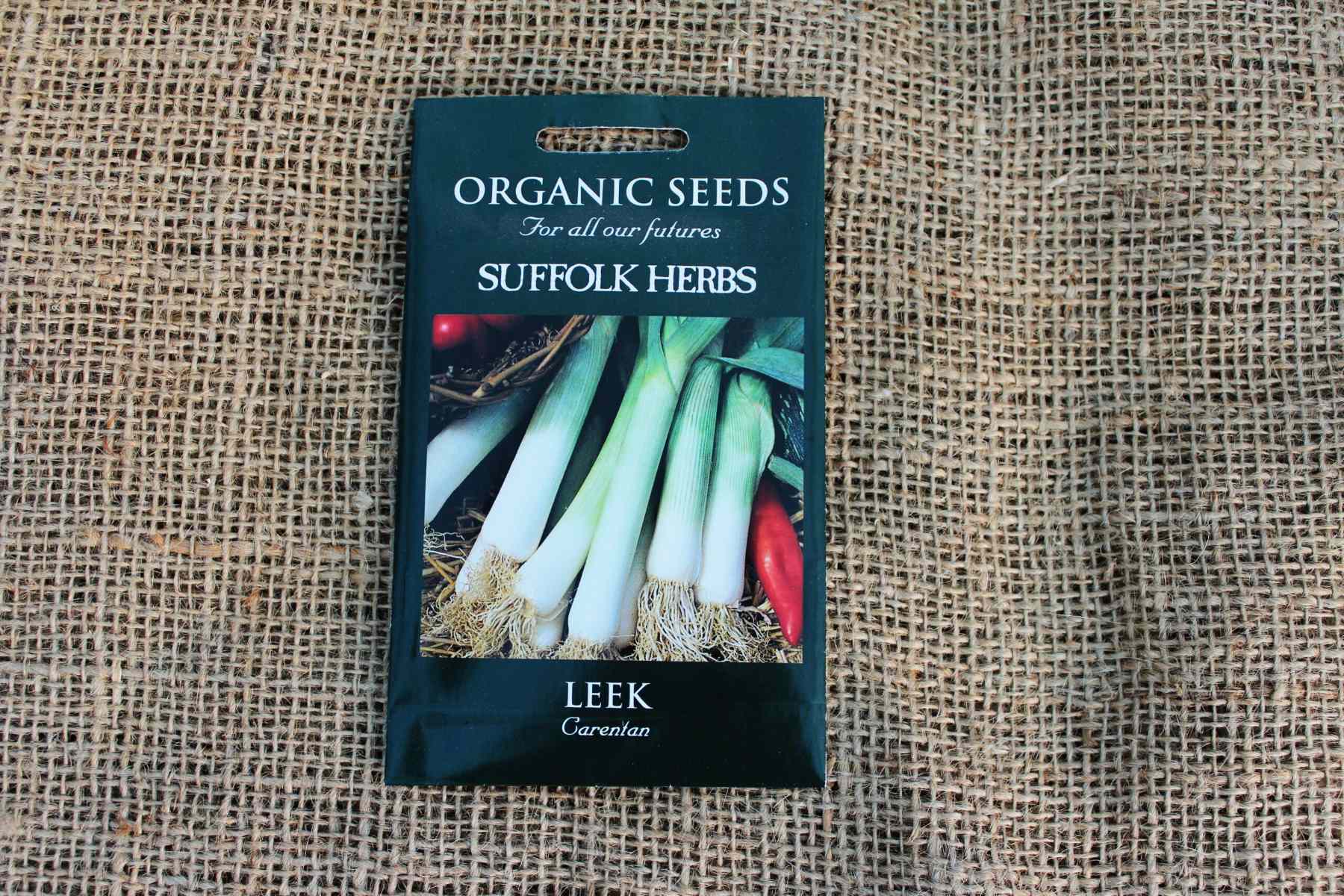
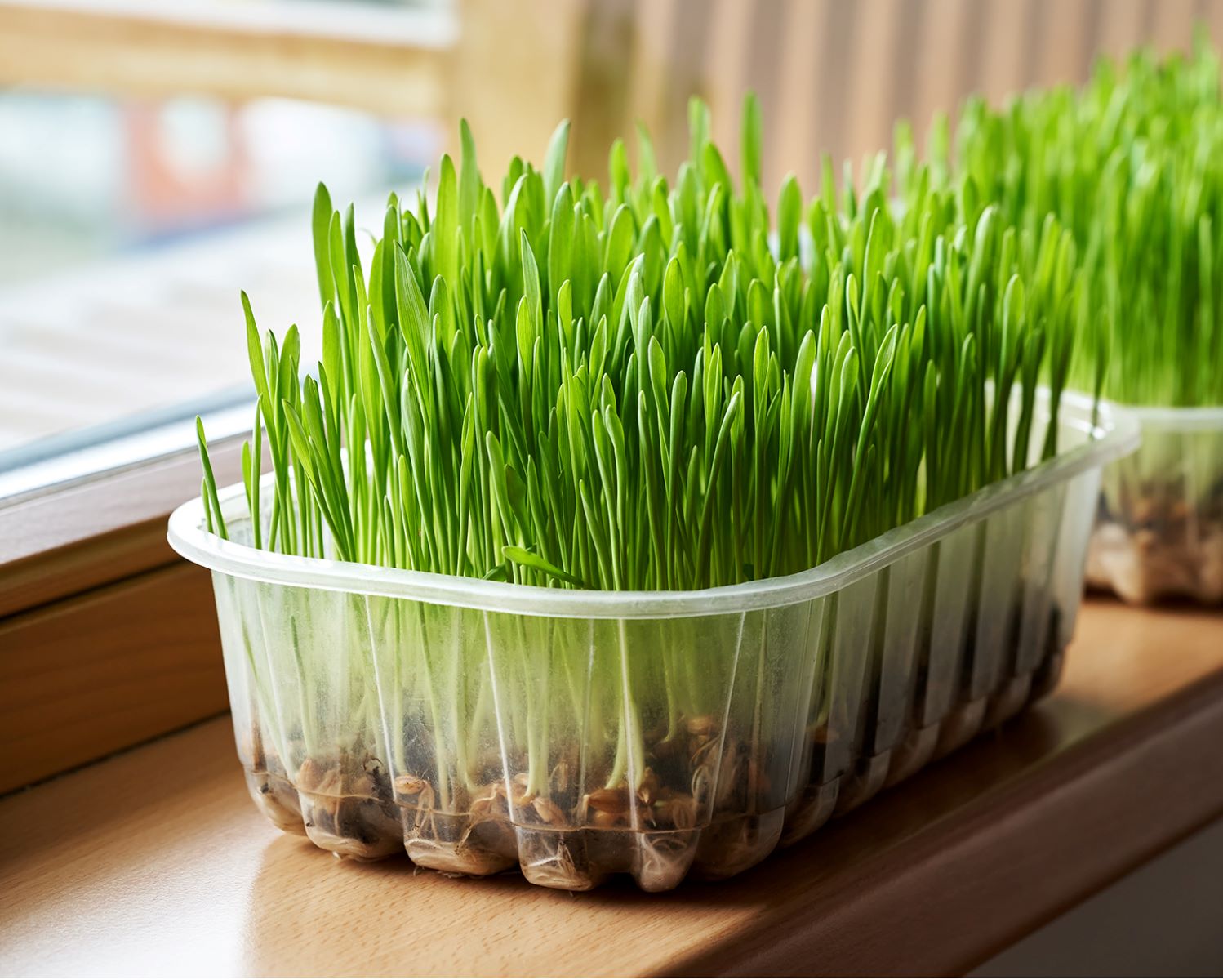
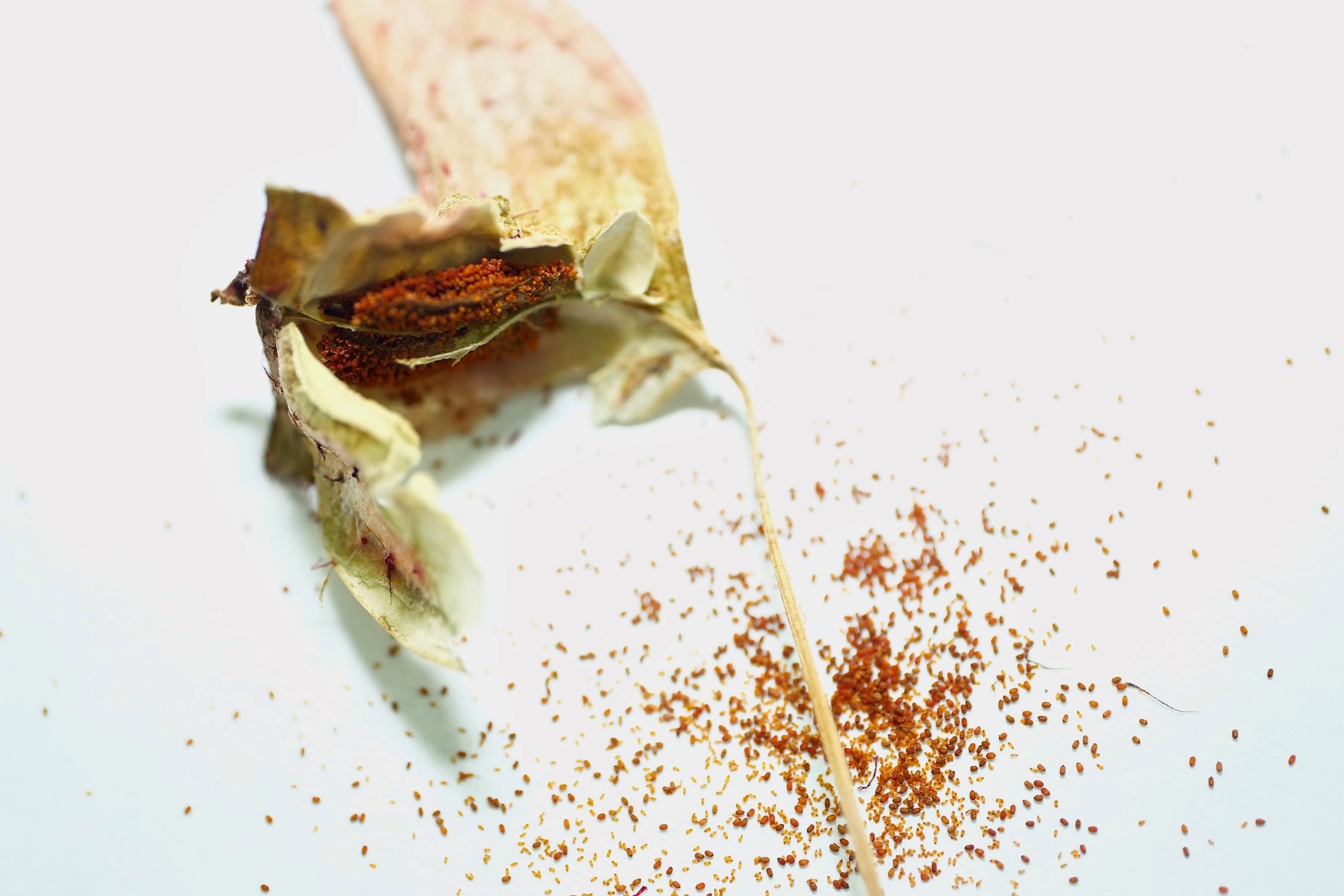
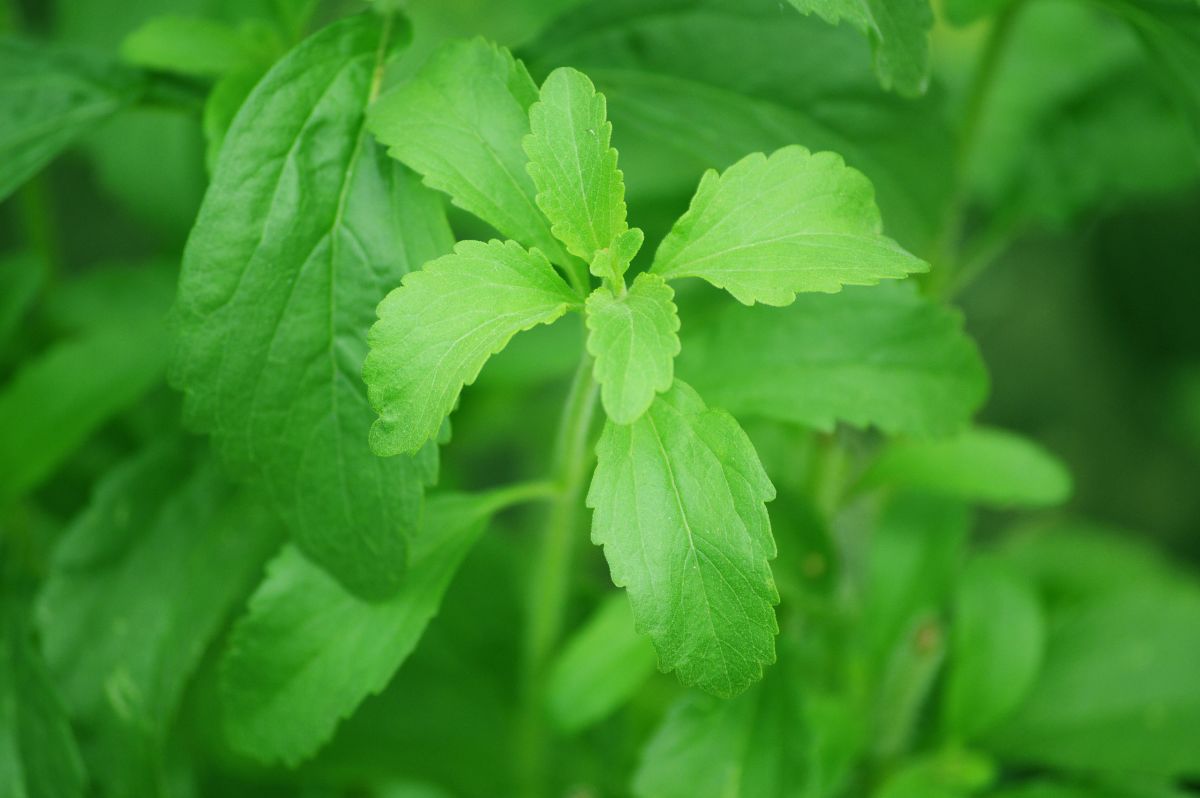
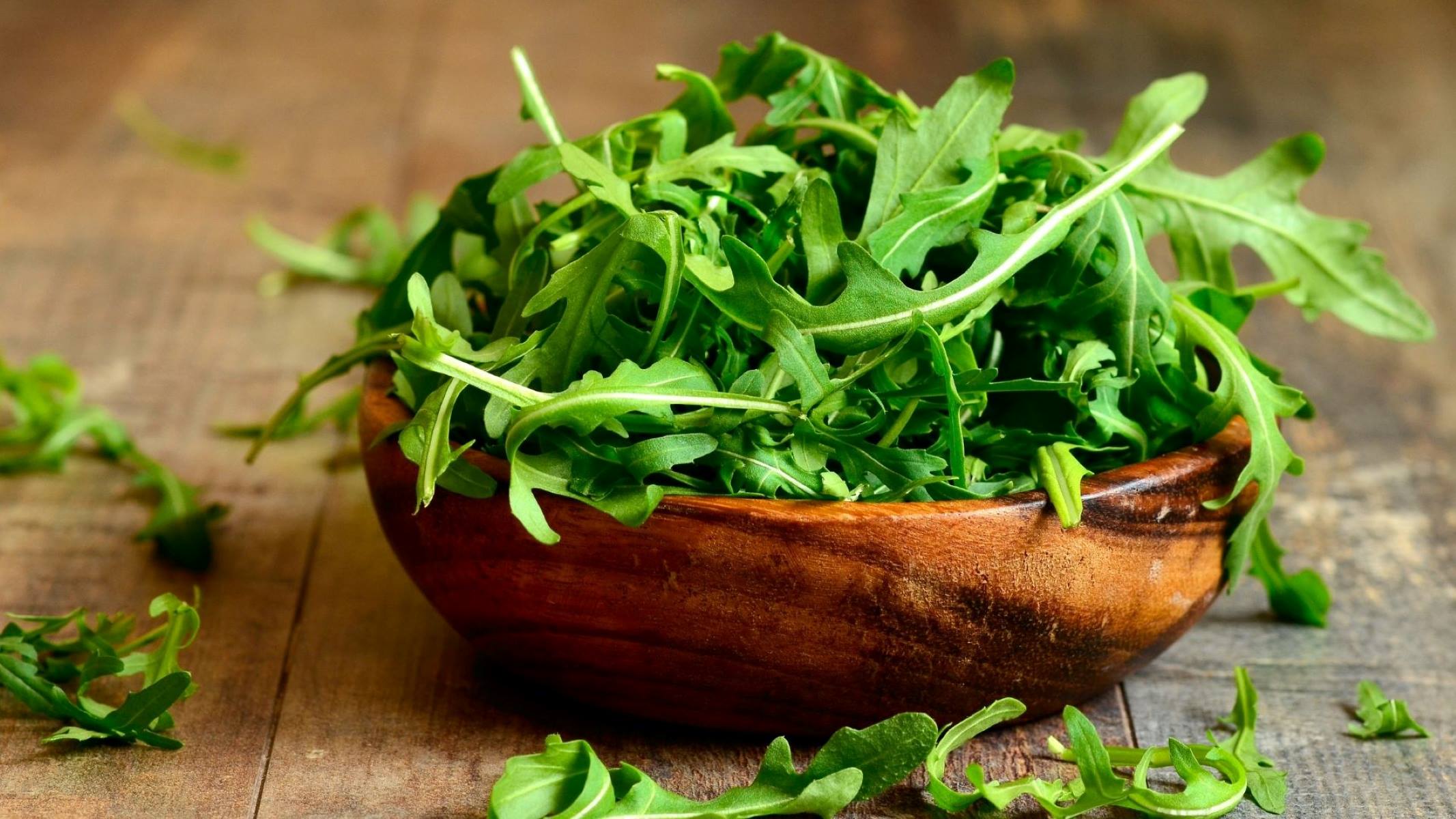
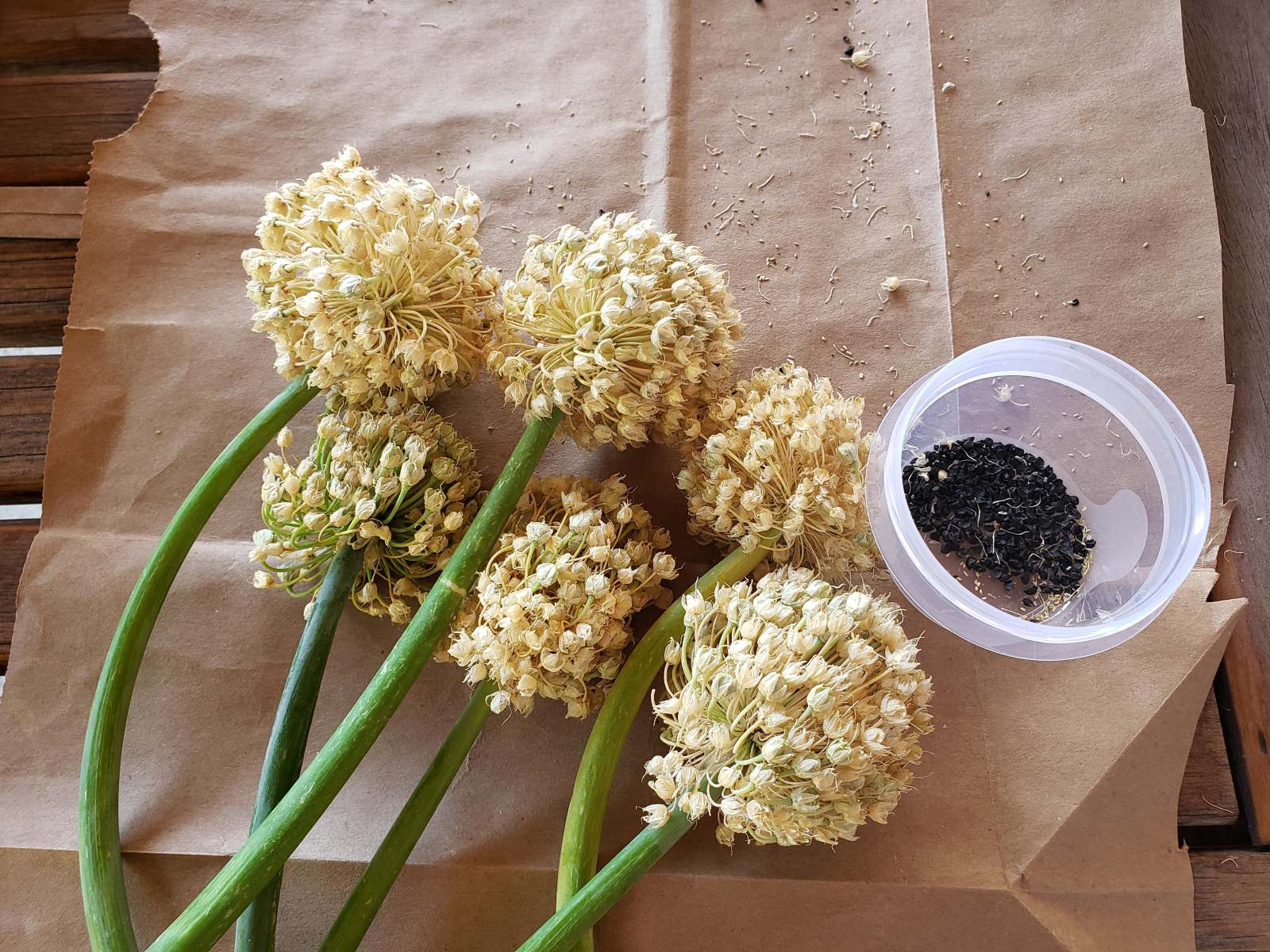
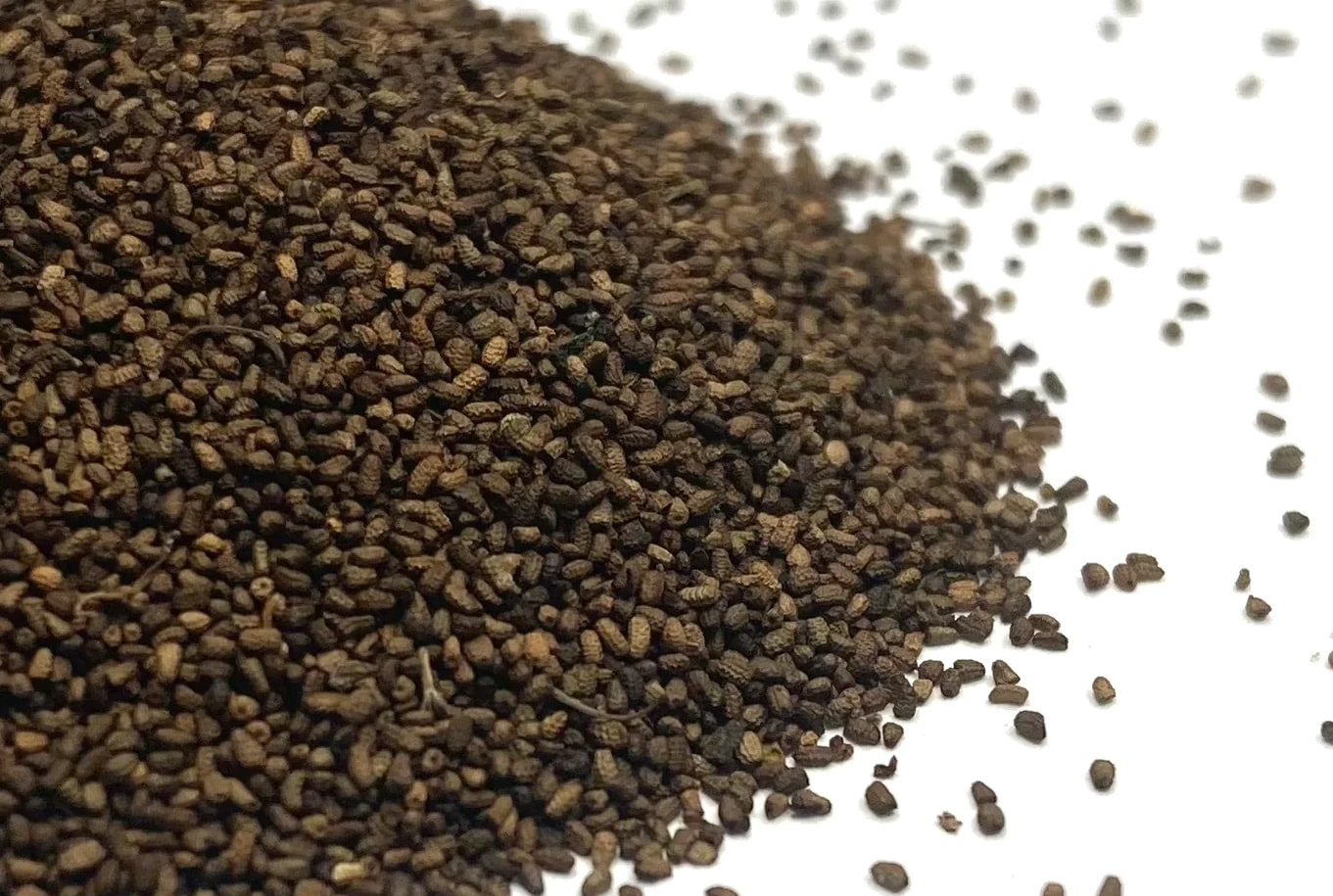
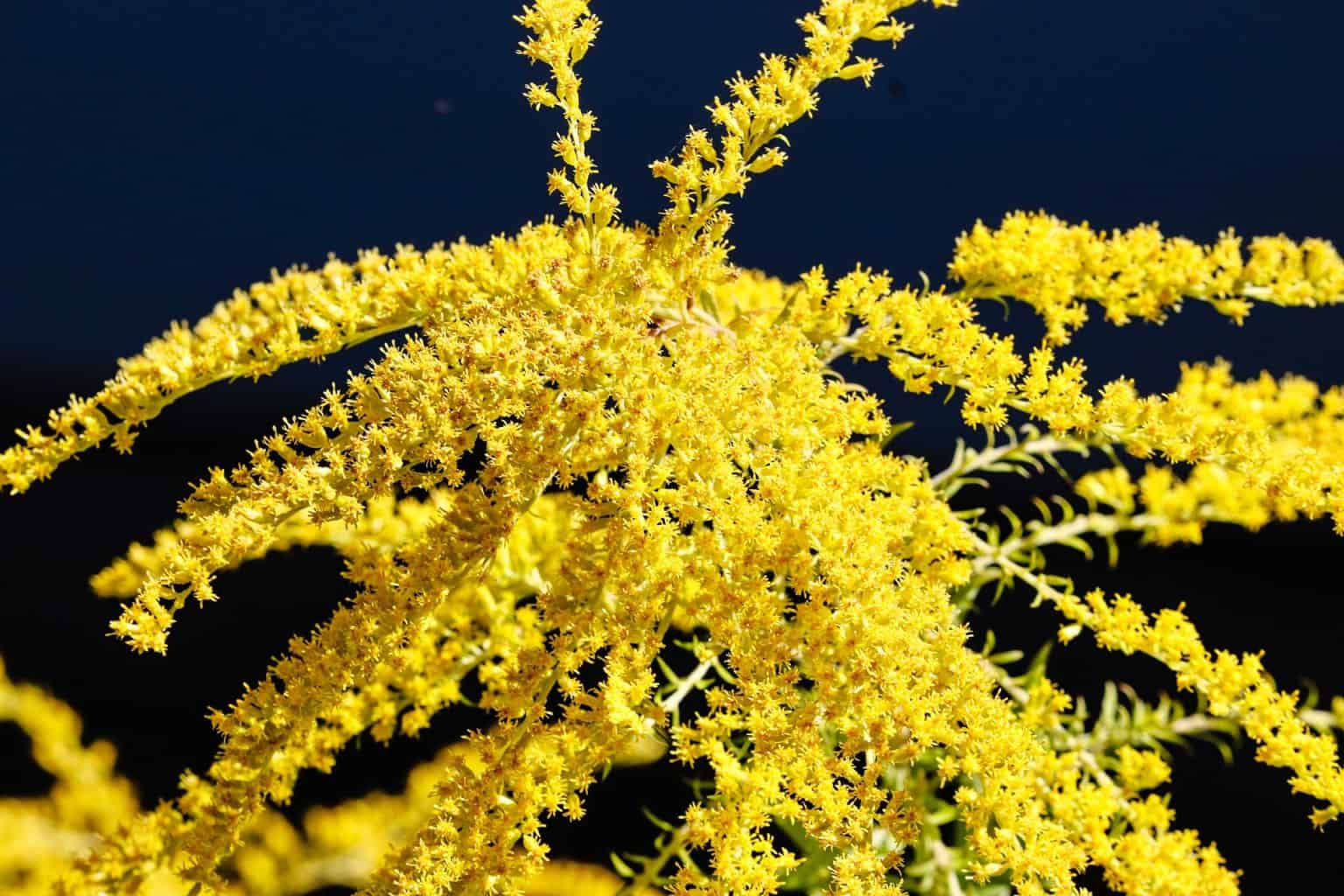
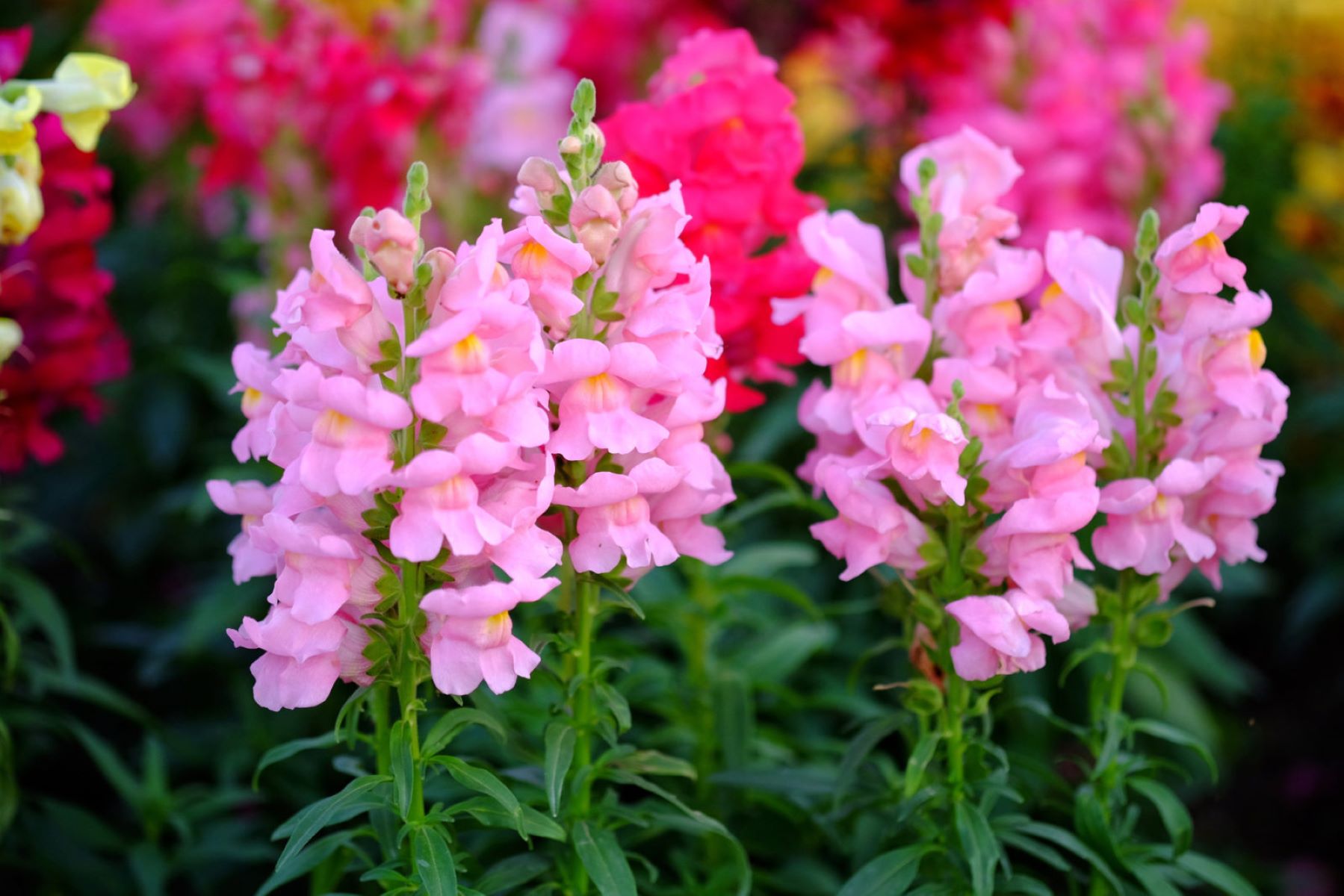
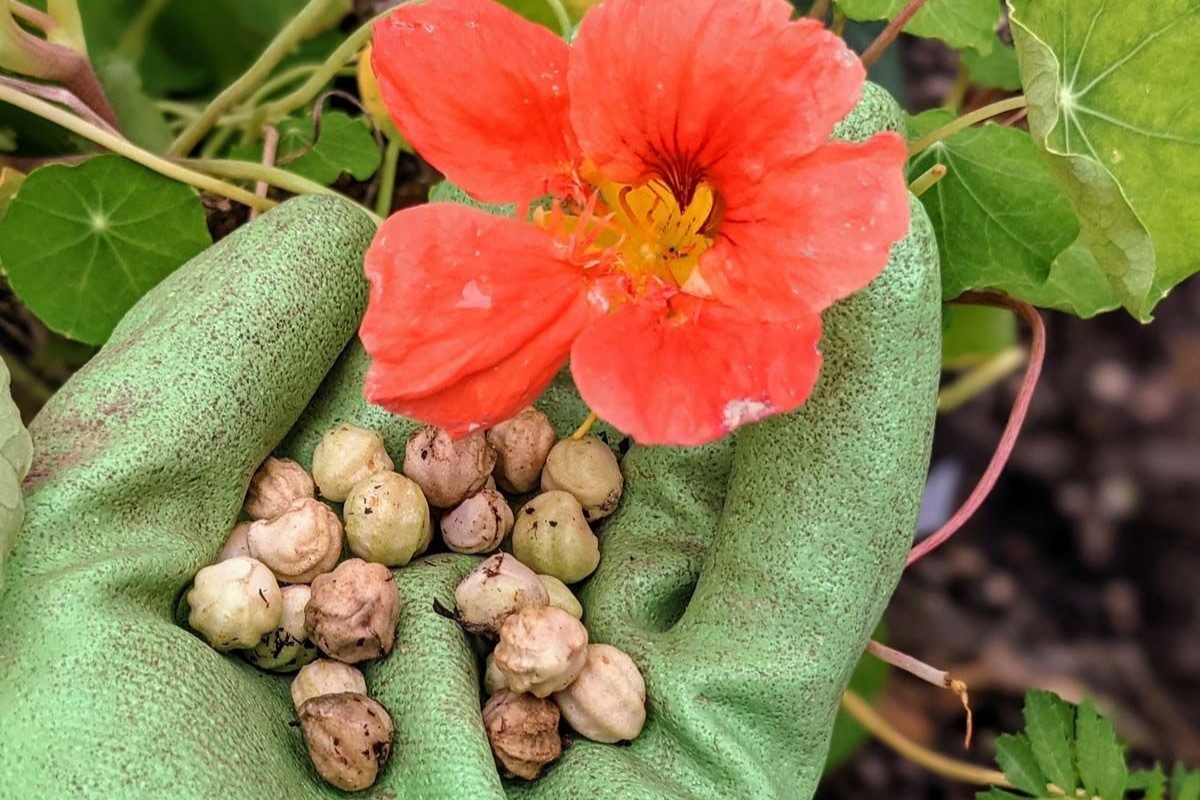
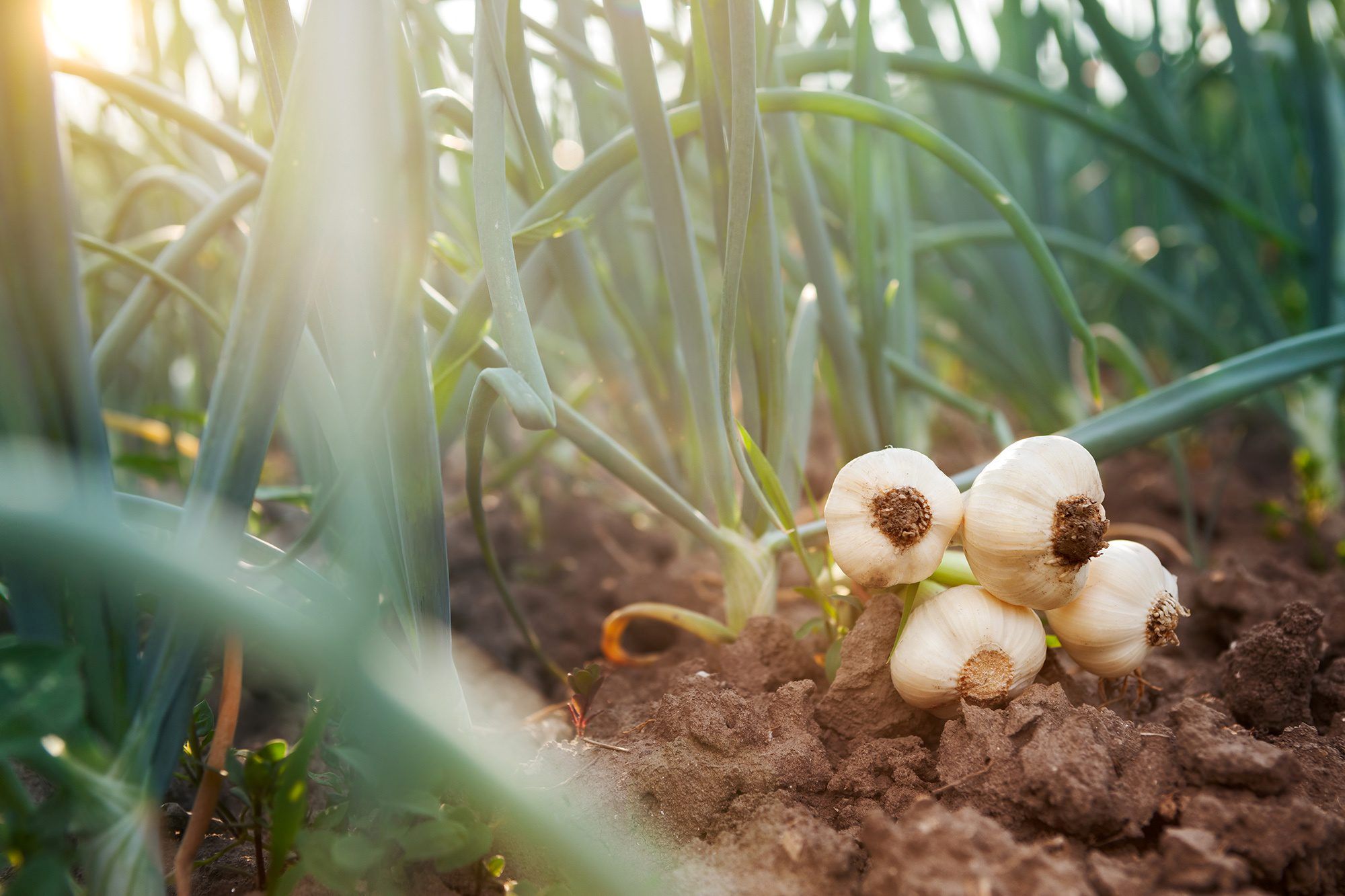

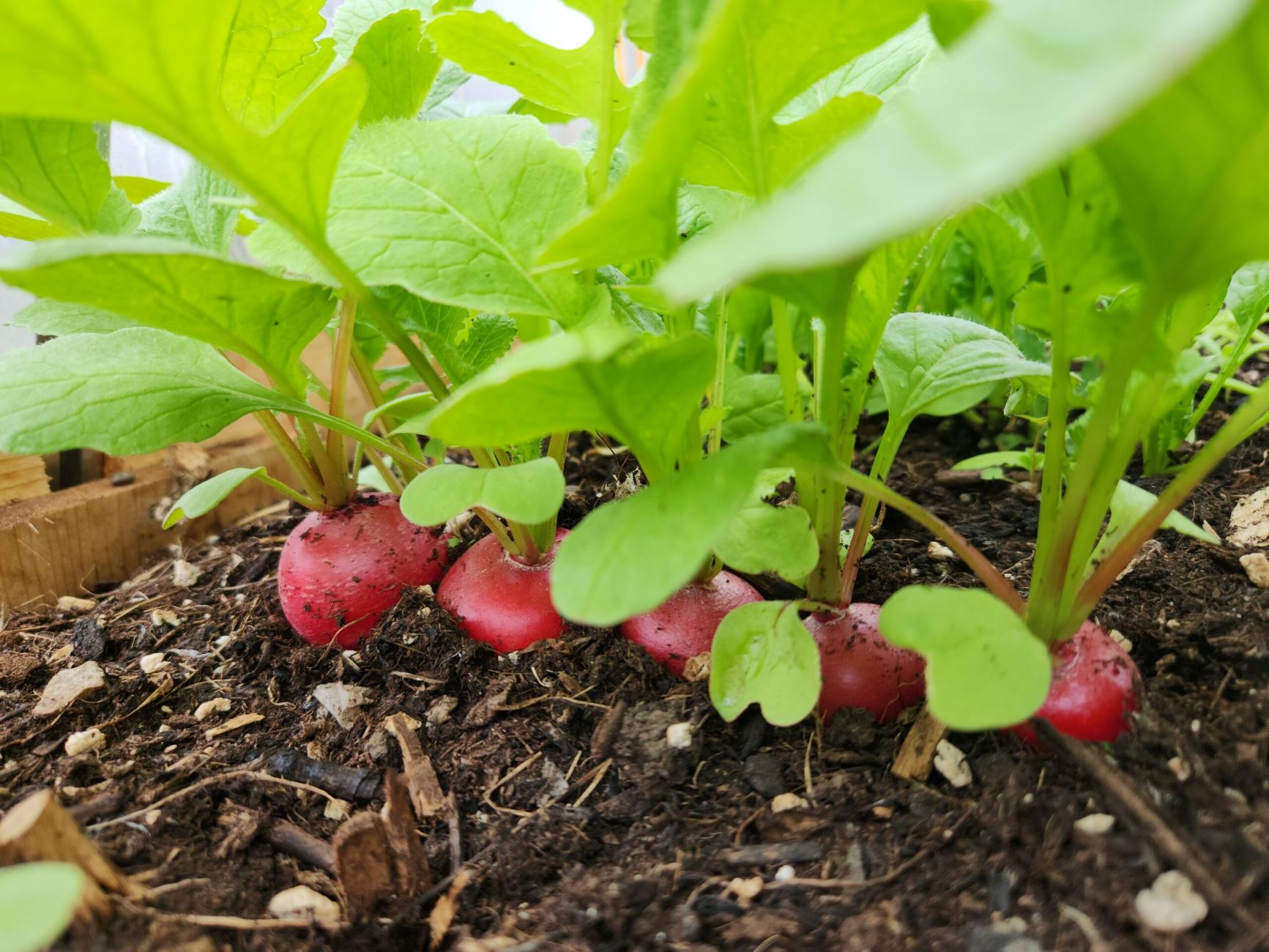
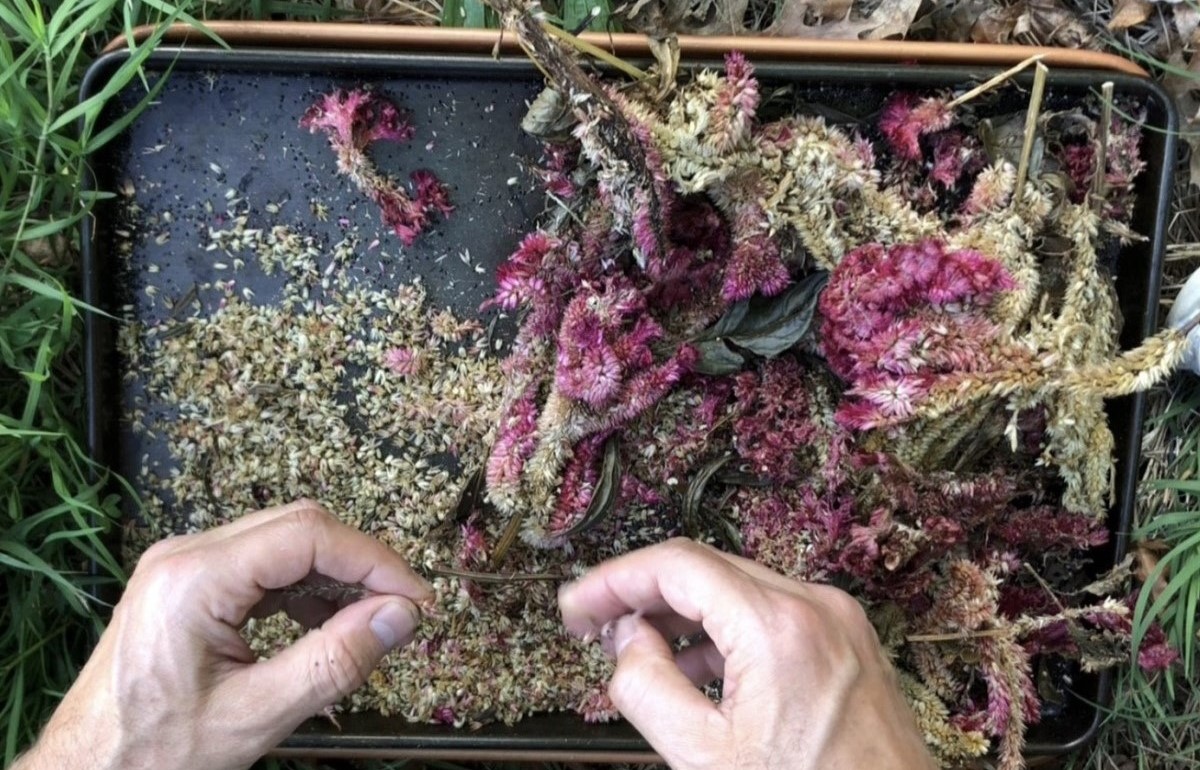

0 thoughts on “How To Harvest Chamomile Seeds”